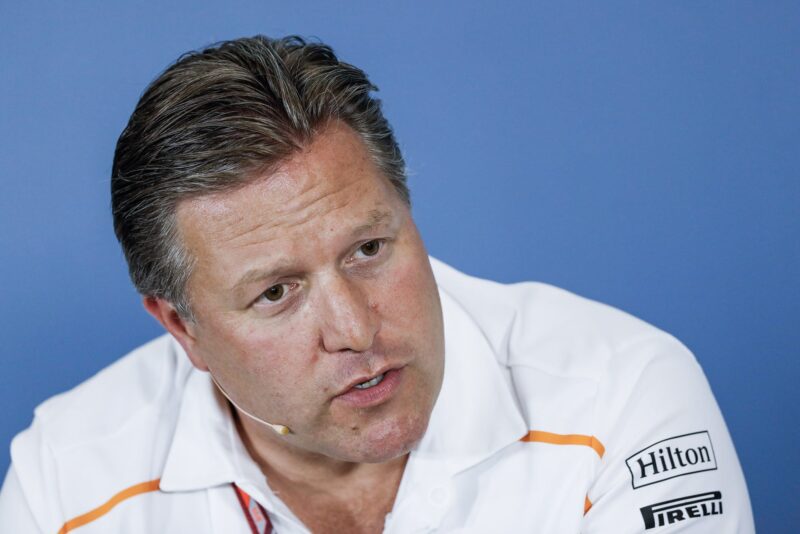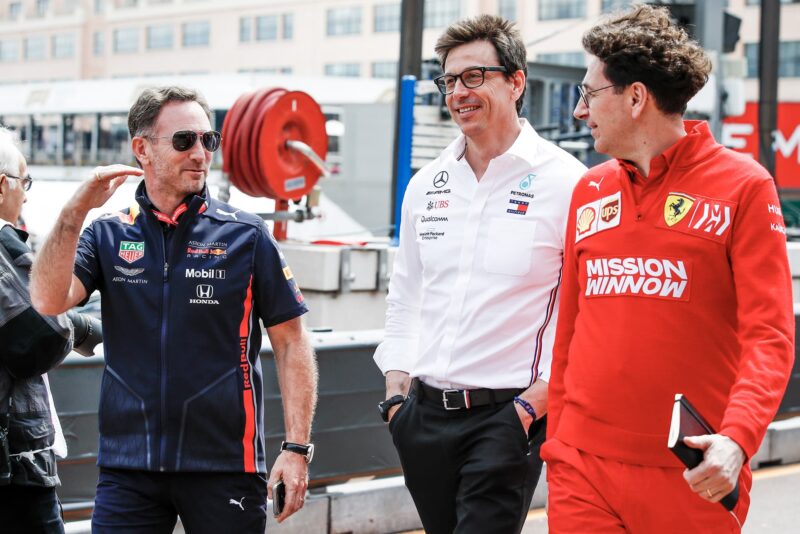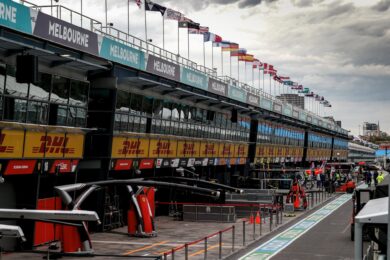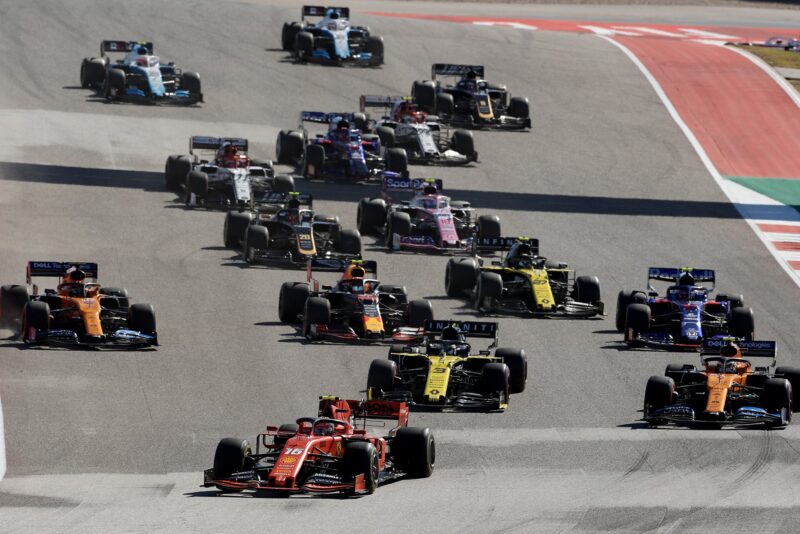That meeting was to discuss the next steps, including the extension of the mandatory shutdown period that the teams are currently observing. Ferrari is understood to have pushed back on this but it has now been agreed and extended from 21 to 35 days.
Also on the agenda was potentially lowering the budget cap that will come into force in 2021, further delaying the next generation of car, and the postponement — now announced — of the Canadian Grand Prix.
The warning signs that the talks might not lead to universal agreement were in place over the previous week.
Ferrari team principal Mattia Binotto was joined by his Red Bull and McLaren counterparts Christian Horner and Zak Brown in giving specific media interviews – that had been rare up until that point – about the situation F1 is facing, and there were specific proposals that came out of them.
One, from Horner, was that the new technical regulations that had already been delayed until 2022 should be pushed back by another year. The thinking was that teams shouldn’t have that burden of cost within a year of such a crippling situation as they are currently facing.
But not all agreed.

Zak Brown warned that teams may not survive the shutdown
DPPI
The current pecking order – which is likely to be fairly similar to recent years, certainly at the front – is already locked in for 2020 whenever it starts AND 2021 to a certain extent given the freeze in regulations. So for those in the midfield that were looking to the new regulations as the first step towards a more competitive grid, the idea of waiting a further 12 months is not attractive.
There’s a balance to be had between the outlay for the new regulations, and the ability to attract greater interest among both fans and sponsors by having a more competitive grid.
And if the budget cap is lowered further from the already-discussed $150million to $125m or even $100m, then it makes less of a difference when the new regulations come in as teams will be limited in their spending on them regardless.




